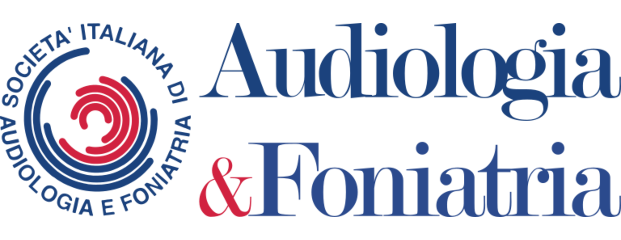The following considerations intercept the moral and experiential traits of the care relationship between family and medical specialist. At the basis of this relationship, there are two important points: the therapeutic alliance, which favors the human ability of care and leads to the construction of common stories; on the other hand, the cultural context that instead hinders it, with the propensity to control every step of medical practice, searching a “social normality”. Parental responsibility, understood as acceptance and education of the child, must be placed at the core of this reflection; how to help when the child is born with a disability? The pathway of the therapeutic alliance can be indicated in three stages: 1) to reach an informed decision; 2) to favor the identification of the responsibilities that can be assumed; 3) to recognize that human life is structurally characterized by the presence of limits. In this pathway, no solutions are indicated a priori but, only at the end, it is possible to identify one.
Le considerazioni che seguono vanno ad intercettare i tratti morali e dunque esperienziali, sapienziali, della relazione di cura tra famiglia e specialista. Due sono i riferimenti a monte di questa relazione: l’alleanza terapeutica, la quale favorisce l’attitudine umana del prendersi cura e consente di costruire storie comuni; il contesto culturale che invece la ostacola, con la propensione al controllo di ogni passaggio della prassi medica e con la ricerca di una “normalità sociale”. Nell’alveo della riflessione occorre porre la responsabilità genitoriale intesa come accoglienza ed educazione del figlio; come essere di aiuto se il figlio nasce con disabilità? Il percorso da compiere nel contesto dell’alleanza terapeutica può essere indicato in tre passaggi: favorire una decisione consapevole; favorire l’individuazione delle responsabilità che si possono assumere; riconoscere che la vita umana è strutturalmente segnata dalla presenza del limite. In questo cammino nessuna soluzione è indicata a priori, ma al termine di esso è possibile individuarne una.

 © 2025 Padova University Press - Università degli Studi di Padova
© 2025 Padova University Press - Università degli Studi di Padova